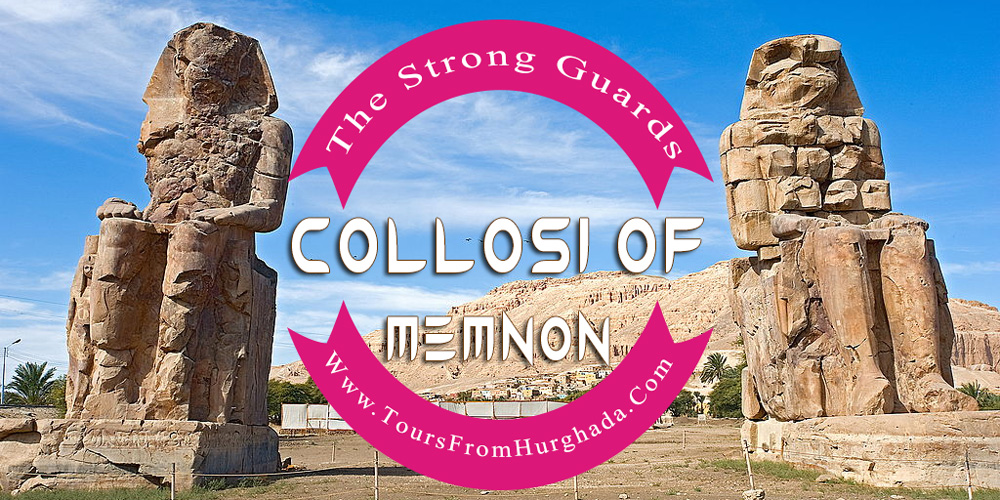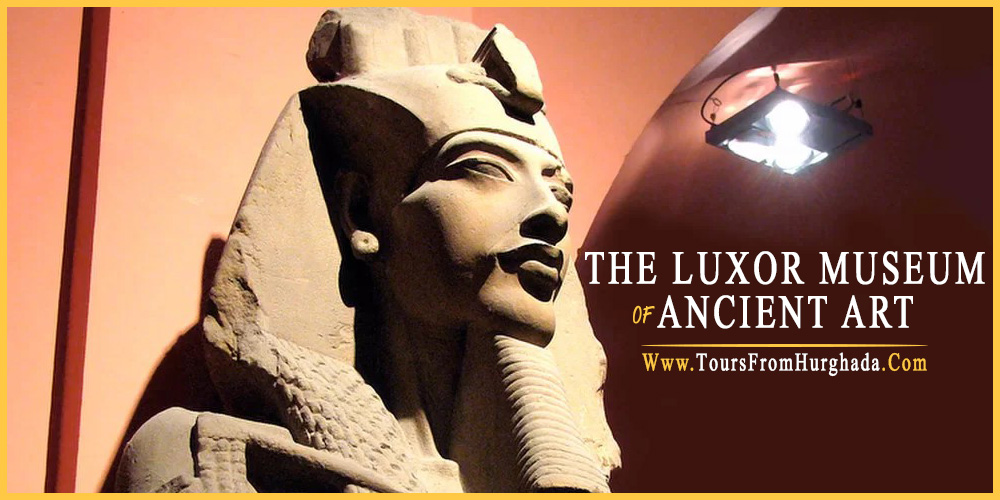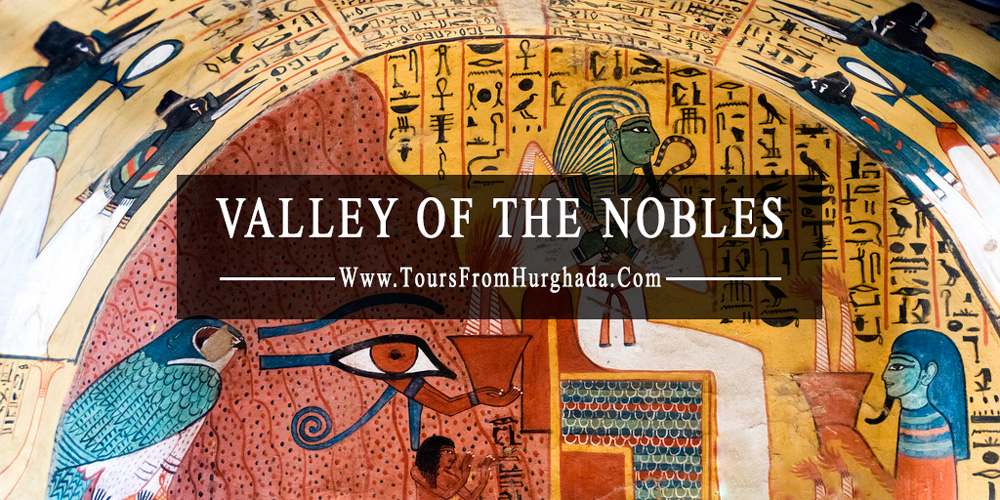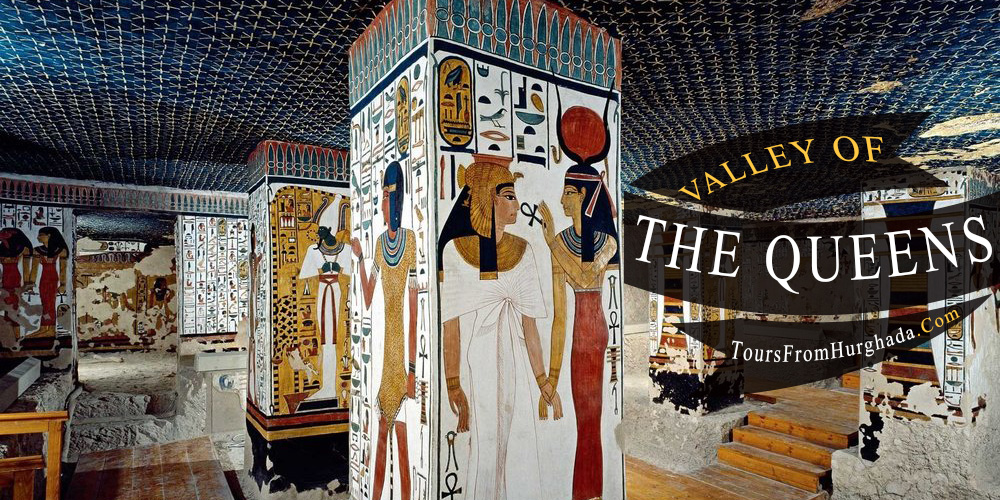The city of Luxor is blessed with an infinite amount of beauty and wonder, but nothing compares to the majestic Colossi of Memnon. It dates back to the new kingdom in the 18th dynasty at the time of unprecedented prosperity and artistic magnificence during the reign of Pharaoh Amenhotep III (1386-1350 BCE) one of ancient Egypt’s most prolific builders who was worshipped as a god during his life span and even after his death. They are two massive stone statue of Amenhotep III in the seating position and located west of the River Nile from the modern city Luxor.
However, they were originally located in Cairo and were transported 675 km (420 mi) all the way to Luxor. They acted as Guardians in front of the Grand mortuary complex of Amenhotep III the largest and luxurious complex ever built which was destroyed by Earthquakes and annual floods and faded across the sands of time.
Colossi of Memnon Architecture
Colossi of Memnon are completely made from blocks of quartzite sandstone which were quarried at Gabal Al Ahmar in Cairo at the height of 18 m (60 ft.) and weigh 720 tons each.
It depicts the Pharaoh seating on a throne wearing a royal headdress of the Nemes protected by a divine cobra, his hands resting on his knees while his eyes are gazing towards the river and the rising sun, with breathtaking engravings representing of the god of the Nile on the sides together with the lotus symbol. The southern statue illustrates the Pharaoh with his wife Tiye and one of his daughters while the northern statue illustrates with his mother "Mutemwiy".
Colossi of Memnon Facts
The Colossi of Memnon are quite damaged due to a large earthquake in 27 BC. The statues were highly famous during the days of the Greco-Roman period as there used be a rumor of “The Vocal Memnon” as the states sang for time to time which was probably because of the expansion of the broken stone that warmed up during the day and cooled off at night cause some sort of noise that resembled a cry that happens every day at dawn but the public believed that the statues had oracular power so they came from all over the world to listen to its miraculous melody.
Unfortunately, the sound was lost in 199 AD when the statue was reassembled by a Roman Emperor by the name of Septimius Severus.
Colossi of Memnon Sounds
Because of the crying sound made by the statue at dawn, the public believed it was the crying sound of the Greek Goddess of Dawn “Eos” over her son “Memnon”; he was the king of Ethiopia and a hero during the Trojan war as he led his armies from Africa to Asia minor to defend the beleaguered city but slain by Achilles himself.
The name colossi were associated with the statues thanks to the Greek, even the entire Theban Necropolis was referred to as the “Memnonium” and remained in common use for the past 2000 years.















